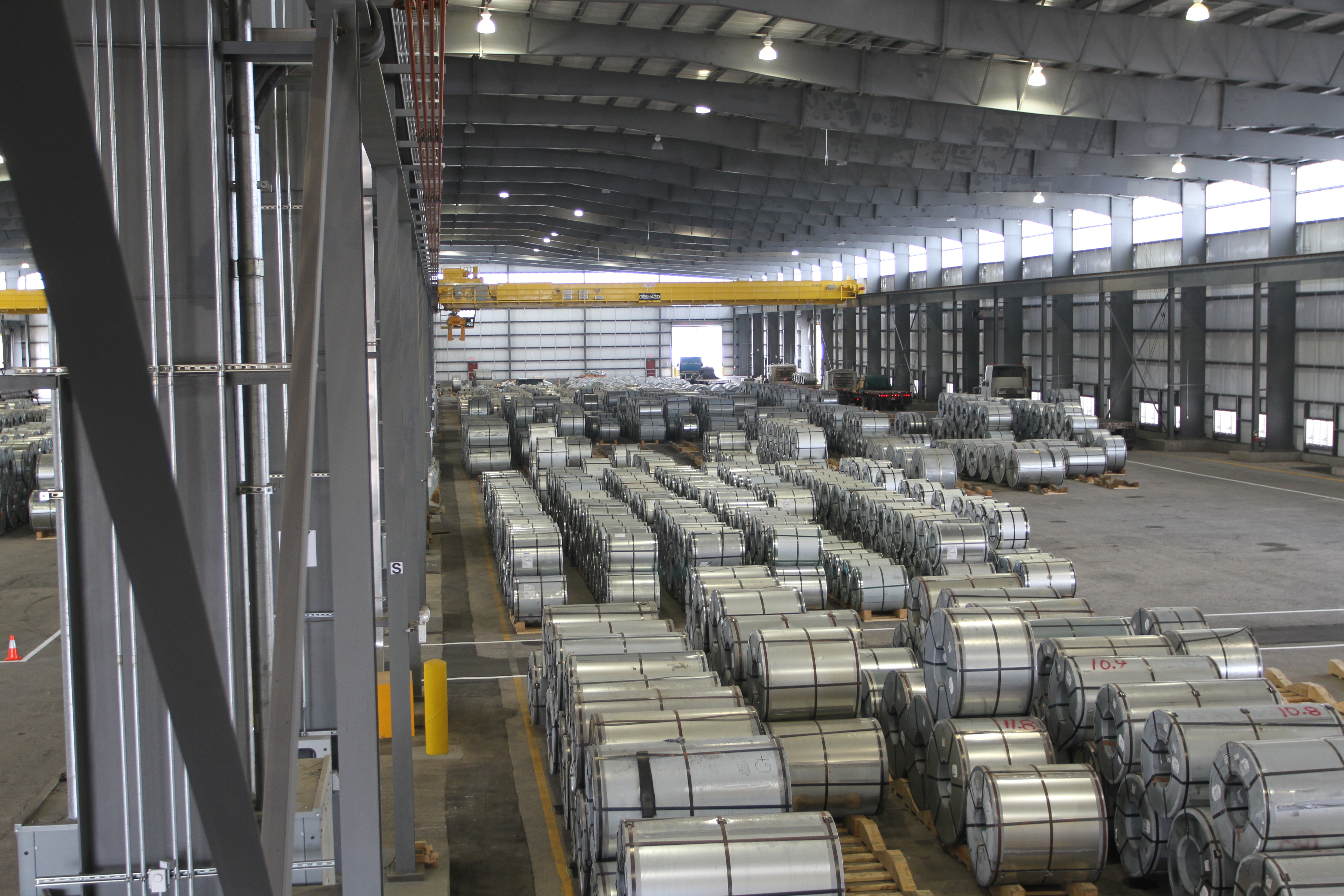Steel Markets

Construction Employment Increases in August Amid Tight Labor Conditions
Written by Sandy Williams
October 7, 2019
Construction employment continues to lag behind demand as a worker shortage continues.
Construction employment grew in 252 out of 358 metro areas between August 2018 and August 2019, declined in 60 and was unchanged in 46, according to a new analysis of federal employment data released by the Associated General Contractors of America. A recent AGC survey found that 80 percent of contractors are having difficulty finding enough workers to hire.
“Construction firms would likely be adding even more jobs if they could find more qualified workers to hire,” said Ken Simonson, the association’s chief economist. “But tight labor market conditions are prompting many firms to become more efficient and more adaptable to keep pace with demand for their services.”
Firms are forced to extend construction schedules and charge more for projects due to the difficulty in finding enough workers. To attract people to the construction industry firms are increasing pay and benefits, investing in more training programs and seeking ways to be more efficient through new technology and techniques.
“Despite the many steps this industry is taking, there are still too many high-paying construction career positions that remain vacant,” said Stephen E. Sandherr, the association’s chief executive officer. “Congress and the administration can help put more people into good jobs by investing in school and workforce training programs that expose them to careers in construction.”
AGC reports that the Dallas-Plano-Irving, Texas, metro area added the most construction jobs during the past year (12,400 jobs, 8 percent). Other metro areas adding a large amount of construction jobs in the past 12 months include Phoenix-Mesa-Scottsdale, Ariz. (11,000 jobs, 9 percent); Los Angeles-Long Beach-Glendale, Calif. (9,600 jobs, 6 percent) and St. Louis, Mo. (7,100 jobs, 10 percent). The largest percentage gain occurred in Auburn-Opelika, Ala. (15 percent, 400 jobs) and Spokane-Spokane Valley, Wash. (15 percent, 2,400 jobs) followed by Omaha-Council Bluffs, Neb.-Iowa (14 percent, 4,300 jobs).
The largest job losses between August 2018 and August 2019 occurred in Charlotte-Concord-Gastonia, N.C. (-2,900 jobs, -4 percent), followed by Baton Rouge, La. (-2,600 jobs, -5 percent); Hartford-West Hartford-East Hartford, Conn. (-1,500 jobs, -7 percent) and Silver Spring-Frederick-Rockville, Md. (-1,400 jobs, -4 percent). The largest percentage decrease took place in Fairbanks, Alaska (-9 percent, -300 jobs) and Longview, Texas (-9 percent, -1,300 jobs), followed by Houma-Thibodaux, La. (-8 percent, -400 jobs).

Sandy Williams
Read more from Sandy WilliamsLatest in Steel Markets

Hot-rolled coil buyers continue seeking certainty
Steel market participants contend that buyers will remain in “wait-and-see" mode until some market stability is restored.

Latin American steel advocates warn on cheap import flood
Subsidized Chinese steel imports and cheap steel products from Association of Southeast Asian Nations (ASEAN) entering Latin American (LATAM) are threatening the region's steel market.

CRU: Steel prices fall amid global demand weakness
The forceful headwinds bearing down on steel markets across the globe have created demand challenges and sent prices southward. The US, however, challenged the global trend.

Hot-rolled price hikes garner mixed reactions from the market
Several steel market sources say they were blindsided when mills increased spot prices for hot-rolled coils this week.

Steel market participants mull the impact of US/Mexico S232 negotiations
Steel market participants learned that negotiations between the US and Mexico include discussions about Section 232 tariffs on steel and aluminum despite President Trump’s June 3 proclamation increasing the tariffs from 25% to 50% for all steel and aluminum imports—except for those from the UK.
